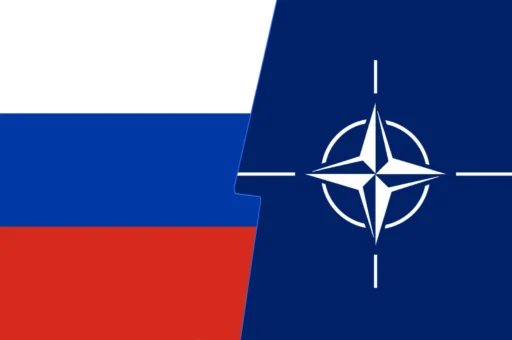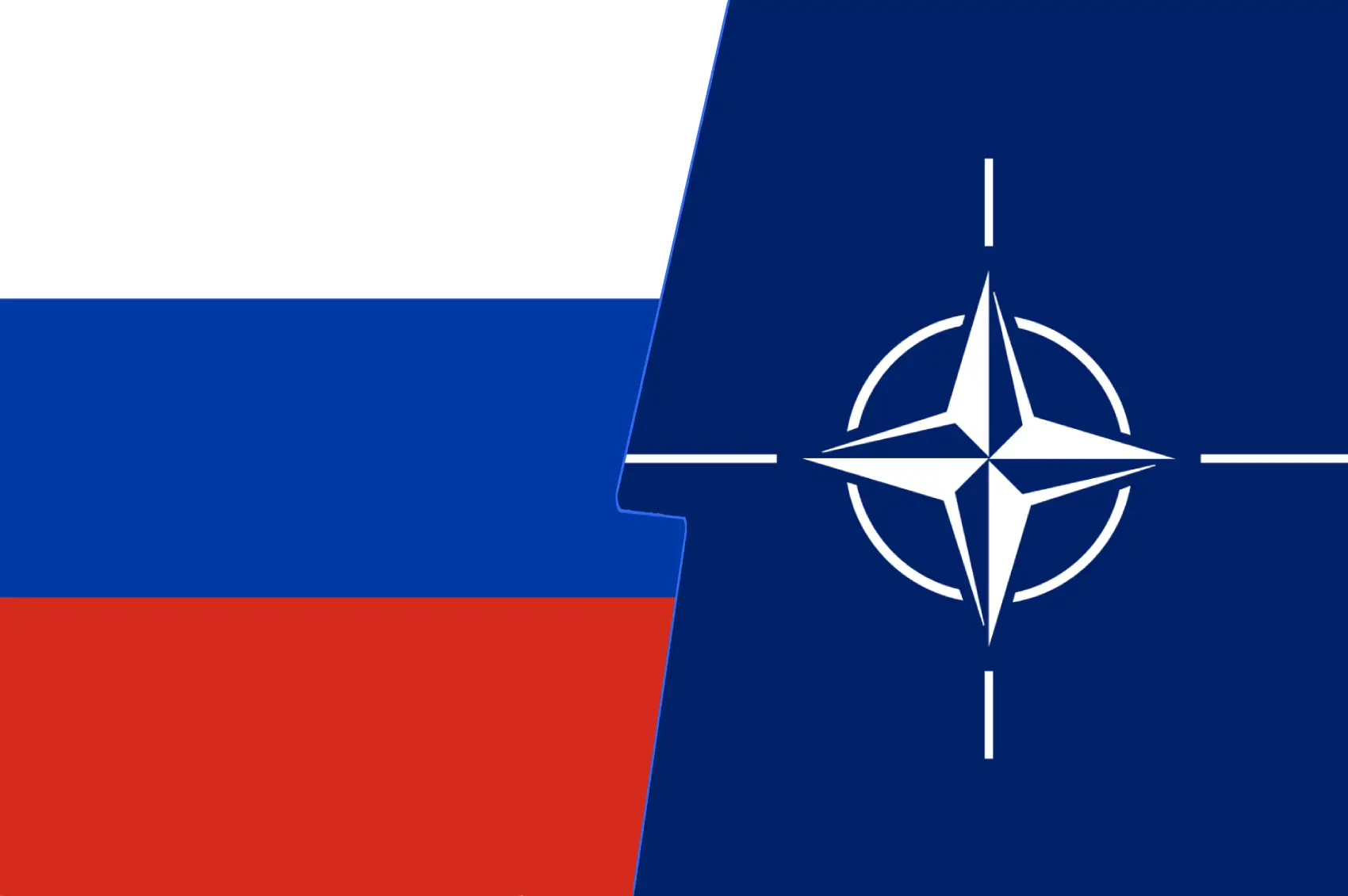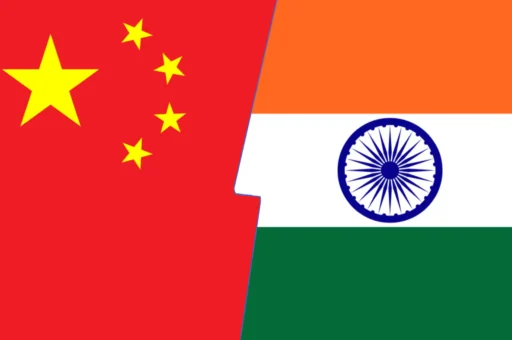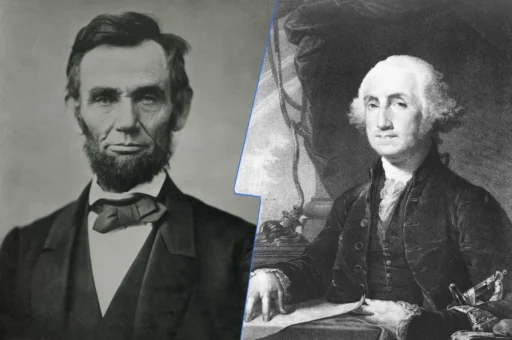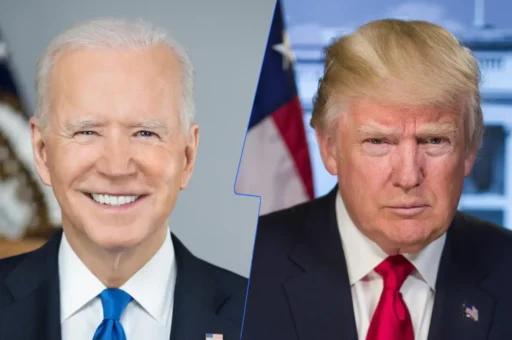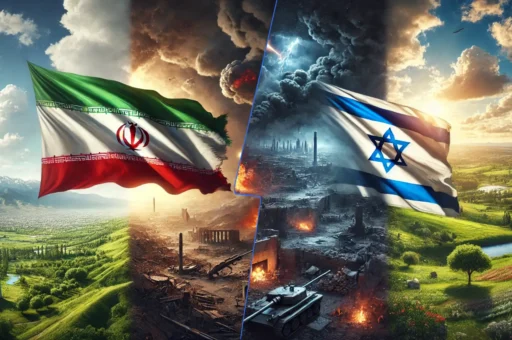Introduction: A Defining Rivalry in Global Politics
The geopolitical struggle between Russia and NATO has shaped European security and global stability for decades. This rivalry, rooted in the Cold War, has intensified with NATO’s expansion and Russia’s increasing military assertiveness.
Today, tensions remain at an all-time high due to conflicts such as the Russia-Ukraine War, NATO’s military buildup in Eastern Europe, and Russia’s efforts to counter Western influence. The battle for power in Europe, the Baltics, and the post-Soviet sphere continues to shape world politics.
Key Questions Explored in This Article
- Is NATO expansion a legitimate security measure or a provocation to Russia?
- How has Russia countered NATO’s presence in Eastern Europe?
- What are the military and economic strengths of each side?
- Could future conflicts escalate into direct military confrontation?
This article provides an in-depth historical, military, economic, and geopolitical analysis of the Russia-NATO conflict, exploring its past, present, and possible future scenarios.
Origins and Historical Background
The Creation of NATO and the Cold War Rivalry
- NATO (North Atlantic Treaty Organization) was established in 1949 with the purpose of countering Soviet expansionism during the Cold War.
- The alliance, originally consisting of 12 countries, emphasized collective defense, meaning that an attack on one member was considered an attack on all (Article 5).
- NATO became the backbone of Western defense policy against the Soviet Union.
The Warsaw Pact: The Soviet Response
- In 1955, the Warsaw Pact was created as a counterbalance to NATO, uniting the Soviet Union and its Eastern European allies in a military alliance.
- The Cold War saw both sides engaging in an arms race, proxy wars, and intelligence battles.
- The collapse of the Soviet Union in 1991 marked the dissolution of the Warsaw Pact, leaving NATO as the dominant security force in Europe.
NATO Expansion After the Cold War
Following the fall of the Soviet Union, NATO expanded into Eastern Europe, bringing in former Warsaw Pact nations.
NATO’s Expanding Membership
| Year | Countries Joining NATO |
|---|---|
| 1999 | Poland, Hungary, Czech Republic |
| 2004 | Estonia, Latvia, Lithuania, Slovakia, Slovenia, Bulgaria, Romania |
| 2009 | Albania, Croatia |
| 2017 | Montenegro |
| 2020 | North Macedonia |
| 2023 | Finland |
| Pending | Sweden |
- Russia has strongly opposed this expansion, arguing that NATO is encroaching on its sphere of influence.
- Ukraine and Georgia’s aspirations to join NATO have led to major conflicts with Russia.
NATO Expansion and Russian Opposition
Why Does Russia Oppose NATO’s Growth?
- Russia sees NATO’s eastward expansion as a direct security threat.
- The presence of NATO forces in Poland, the Baltic states, and Romania brings Western military power closer to Russian borders.
- Key flashpoints: Ukraine, Georgia, and the Baltic states have been central to the struggle.
How Russia Has Responded
- Annexation of Crimea (2014): Russia invaded and annexed Crimea to prevent Ukraine from shifting towards NATO.
- Military presence in Belarus: Russia has increased military exercises with Belarus, a key ally bordering NATO states.
- Cyber warfare and propaganda: Russia has used cyberattacks and disinformation to weaken NATO’s unity.
Military and Economic Power Comparison
NATO: The World’s Most Powerful Military Alliance
- Number of Member States: 31
- Total Active Troops: 3.5 million
- Combined Defense Spending: Over $1.2 trillion
- Nuclear Weapons: 6,000+ warheads (U.S., UK, France combined)
- Largest Military Contributor: The United States, which accounts for 70% of NATO’s budget.
Top 5 NATO Military Spenders (2023)
| Country | Defense Budget |
|---|---|
| United States | $860 billion |
| United Kingdom | $72 billion |
| Germany | $64 billion |
| France | $58 billion |
| Italy | $35 billion |
Russia: A Military Giant with Strategic Weaknesses
- Active Troops: 1.1 million
- Defense Budget: $82 billion (2023)
- Nuclear Arsenal: 5,977 warheads (Largest in the world)
- Key Military Partners: China, Iran, Belarus
Strengths
✅ Nuclear deterrence remains Russia’s biggest advantage.
✅ Strong cyberwarfare capabilities.
Weaknesses
❌ Economic disadvantages compared to NATO.
❌ Technology gap due to Western sanctions limiting military innovation.
Key Geopolitical Conflicts and Tensions
Ukraine War (2022-Present)
NATO’s Support for Ukraine:
- Over $100 billion in military aid from the U.S. and EU.
- Sanctions have targeted Russia’s energy sector and financial institutions.
Russia’s Military Strategy:
- Missile strikes and territorial occupations in Ukraine.
- Attempts to weaken NATO’s unity by pressuring member states with economic threats.
Tensions in the Baltic States and Poland
- NATO Troop Deployments: Over 10,000 NATO troops in Estonia, Latvia, and Lithuania.
- Russia’s Response: Increased military exercises and cyberattacks in the region.
Energy Warfare: Russia’s Oil and Gas Leverage
- Russia has cut natural gas exports to Europe, leading to a surge in energy prices.
- Europe has responded by diversifying energy sources and reducing dependence on Russian oil.
Cyber Warfare and Disinformation
-
Russia’s Cyber Attacks on NATO Countries:
- Hacking U.S. election systems (2016).
- Cyberattacks on Ukrainian infrastructure.
-
NATO’s Countermeasures:
- Creation of the NATO Cyber Defence Centre in Estonia.
- Increased investment in cyber resilience and security protocols.
The Future of Russia-NATO Relations
Possible Scenarios
1️⃣ Increased NATO Expansion: Sweden and possibly Ukraine join NATO.
2️⃣ Russia Strengthens Alliances: Closer ties with China and Iran.
3️⃣ Risk of Direct Military Conflict: A NATO-Russia confrontation in Eastern Europe.
4️⃣ Diplomatic Resolutions: Arms control agreements and peace talks.
Conclusion: A Conflict with No Clear End
The Russia-NATO conflict is one of the biggest security challenges of the 21st century. While NATO enjoys military superiority, Russia’s strategic aggression and nuclear deterrence prevent easy solutions.
The future depends on military, political, and economic developments, and the next decade will be crucial in determining Europe’s stability.
Join the Discussion
What do you think is the future of Russia-NATO relations? Will diplomacy prevail, or are we heading towards prolonged conflict? Share your thoughts in the comments below!
Inbound Link Suggestions
- Iran vs. Israel: Analyzing War Tensions and Global Implications
- Capitalism vs. Socialism: Which Economic Model Works Best?
- Comparing Two Giants: Abraham Lincoln & George Washington
